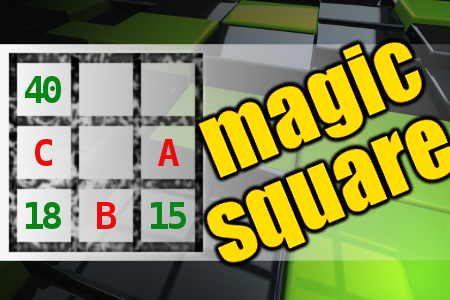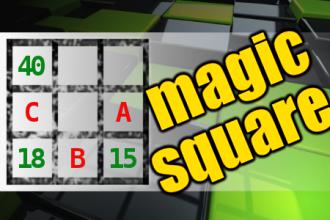MAGIC SQUARE: Calculate A*B-C
The aim is to place the some numbers from the list (11, 12, 15, 17, 18, 21, 36, 37, 40, 59, 87) into the empty squares and squares marked with A, B an C. Sum of each row and column should be equal. All the numbers of the magic square must be different. Find values for A, B, and C. Solution is A*B-C.Correct answers: 24
The first user who solved this task is Djordje Timotijevic.
#brainteasers #math #magicsquare

Money From God
A little boy who wanted $100 very badly prayed and prayed for two weeks, but nothing happened. Then he decided to write a letter to God requesting the $100.
When the postal authorities received the letter to "God, USA," they decided to send it to President Clinton. The president was so impressed, touched, and amused that he instructed his secretary to send the little boy a $5 bill. Mr. Clinton thought this would appear to be a lot of money to a little boy.
The little boy was delighted with the $5, and immediately sat down to write a thank you note to God which read "Dear God, Thank you for sending me the money. However, I noticed that for some reason you had to send it through Washington D.C., and as usual, those bastards deducted $95."

